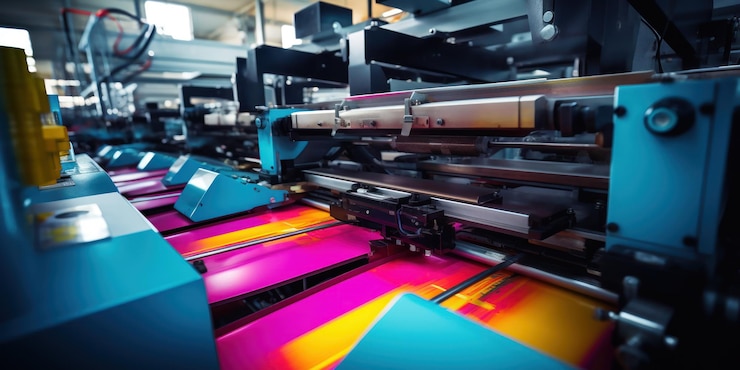In recent years, the impact of IoT on printing has been profound, influencing various aspects of the industry. As the world becomes more digitally interconnected, the Internet of Things (IoT) is playing a pivotal role in transforming traditional printing methods into a more efficient and smarter process. This transformation is not only enhancing the way printing is done but also paving the path for new innovations and opportunities within the industry.

Understanding IoT in the Printing Industry
The Internet of Things (IoT) refers to the network of interconnected devices that communicate and exchange data with each other. In the printing industry, IoT enables printers and other related devices to be connected, allowing for real-time data collection, analysis, and automation. This connectivity provides numerous benefits, including improved efficiency, reduced costs, and enhanced quality of print outputs.
Key Benefits of IoT in Printing
1. Enhanced Efficiency and Productivity
With IoT-enabled devices, printers can automatically monitor their own performance, detect issues, and initiate maintenance procedures without human intervention. This leads to minimized downtime and maximized productivity. Moreover, IoT allows for remote management, enabling operators to control and manage printing tasks from anywhere, at any time.
2. Cost Reduction
IoT integration in printing helps reduce costs by optimizing resource utilization. Smart printers can track ink and paper usage, ensuring minimal wastage. Predictive maintenance, enabled by IoT, also reduces repair costs by addressing issues before they result in significant damage.
3. Improved Print Quality
By continuously monitoring print quality, IoT devices can make real-time adjustments to printing parameters, ensuring consistent and high-quality outputs. This capability is particularly valuable in industries where precision and quality are paramount, such as in offset printing for archival materials.
4. Environmental Impact
With the increasing focus on sustainability, IoT-enabled printers contribute to reducing the environmental footprint by optimizing energy use and minimizing waste. This aligns well with the trends in sustainable printing materials.
IoT Applications in Printing
1. Predictive Maintenance
One of the most significant applications of IoT in printing is predictive maintenance. By analyzing data from sensors embedded in the equipment, IoT systems can predict and notify operators of potential failures, allowing for timely maintenance and reducing unexpected downtimes.
2. Remote Monitoring and Management
IoT allows for remote monitoring and management of printing devices, facilitating seamless operations across multiple locations. This is particularly beneficial for large organizations with distributed printing needs.
3. Automated Supply Management
IoT-enabled printers can automatically track supply levels and reorder supplies when necessary. This ensures that essential materials, such as ink and paper, are always in stock, reducing the risk of operational interruptions.
Challenges in Implementing IoT in Printing
Despite the numerous advantages, there are challenges to implementing IoT in the printing industry. These include concerns about data security, the initial cost of IoT-enabled devices, and the need for robust IT infrastructure. Additionally, there is a learning curve associated with adopting new technologies, which may require additional training for staff.
The Future of IoT in Printing
The future of IoT in the printing industry is promising. As technology continues to advance, we can expect to see even more sophisticated applications of IoT, leading to further improvements in efficiency, quality, and sustainability. The integration of IoT with other emerging technologies, such as artificial intelligence (AI), is also likely to create new possibilities for innovation within the industry. For more insights on the future of printing, you can visit this comprehensive guide.
Conclusion
The impact of IoT on printing is undeniable. From enhancing efficiency and reducing costs to improving print quality and promoting sustainability, IoT is revolutionizing the printing industry. As we move forward, embracing these technological advancements will be crucial for businesses looking to stay competitive and meet the evolving demands of their customers.

FAQs
1. What is IoT in the context of printing?
In the context of printing, IoT refers to the use of interconnected devices and systems that communicate and exchange data to improve the efficiency, quality, and sustainability of printing processes.
2. How does IoT improve printing quality?
IoT improves printing quality by continuously monitoring print parameters and making real-time adjustments, ensuring consistent and high-quality outputs.
3. What are the challenges of implementing IoT in printing?
Challenges include data security concerns, the initial cost of IoT-enabled devices, the need for robust IT infrastructure, and the learning curve associated with adopting new technologies.
This article contains affiliate links. We may earn a commission at no extra cost to you.






